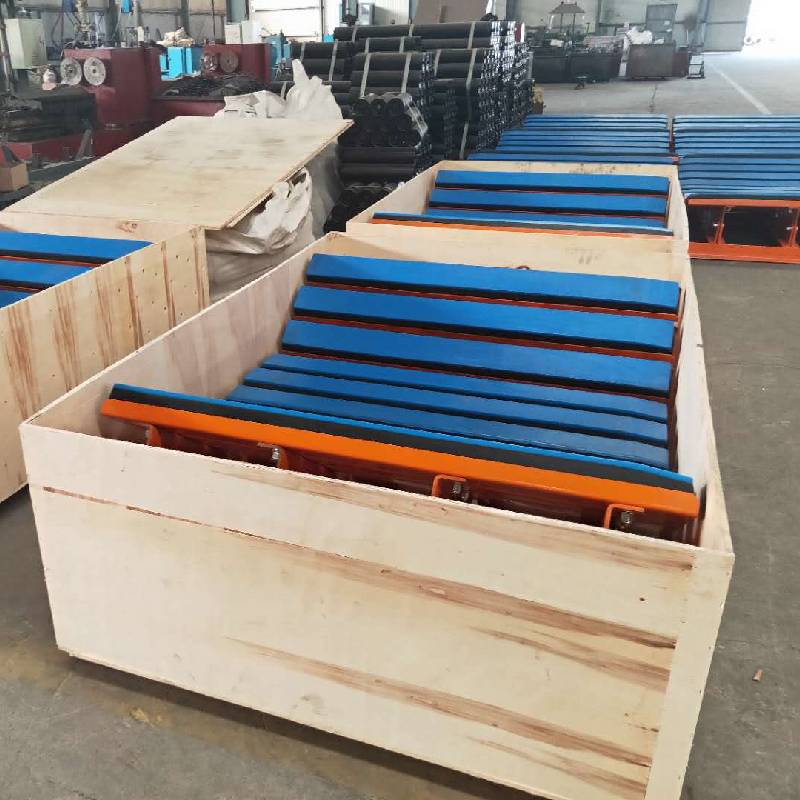 Afrikaans
Afrikaans  Albanian
Albanian  Amharic
Amharic  Arabic
Arabic  Armenian
Armenian  Azerbaijani
Azerbaijani  Basque
Basque  Belarusian
Belarusian  Bengali
Bengali  Bosnian
Bosnian  Bulgarian
Bulgarian  Catalan
Catalan  Cebuano
Cebuano  Corsican
Corsican  Croatian
Croatian  Czech
Czech  Danish
Danish  Dutch
Dutch  English
English  Esperanto
Esperanto  Estonian
Estonian  Finnish
Finnish  French
French  Frisian
Frisian  Galician
Galician  Georgian
Georgian  German
German  Greek
Greek  Gujarati
Gujarati  Haitian Creole
Haitian Creole  hausa
hausa  hawaiian
hawaiian  Hebrew
Hebrew  Hindi
Hindi  Miao
Miao  Hungarian
Hungarian  Icelandic
Icelandic  igbo
igbo  Indonesian
Indonesian  irish
irish  Italian
Italian  Japanese
Japanese  Javanese
Javanese  Kannada
Kannada  kazakh
kazakh  Khmer
Khmer  Rwandese
Rwandese  Korean
Korean  Kurdish
Kurdish  Kyrgyz
Kyrgyz  Lao
Lao  Latin
Latin  Latvian
Latvian  Lithuanian
Lithuanian  Luxembourgish
Luxembourgish  Macedonian
Macedonian  Malgashi
Malgashi  Malay
Malay  Malayalam
Malayalam  Maltese
Maltese  Maori
Maori  Marathi
Marathi  Mongolian
Mongolian  Myanmar
Myanmar  Nepali
Nepali  Norwegian
Norwegian  Norwegian
Norwegian  Occitan
Occitan  Pashto
Pashto  Persian
Persian  Polish
Polish  Portuguese
Portuguese  Punjabi
Punjabi  Romanian
Romanian  Russian
Russian  Samoan
Samoan  Scottish Gaelic
Scottish Gaelic  Serbian
Serbian  Sesotho
Sesotho  Shona
Shona  Sindhi
Sindhi  Sinhala
Sinhala  Slovak
Slovak  Slovenian
Slovenian  Somali
Somali  Spanish
Spanish  Sundanese
Sundanese  Swahili
Swahili  Swedish
Swedish  Tagalog
Tagalog  Tajik
Tajik  Tamil
Tamil  Tatar
Tatar  Telugu
Telugu  Thai
Thai  Turkish
Turkish  Turkmen
Turkmen  Ukrainian
Ukrainian  Urdu
Urdu  Uighur
Uighur  Uzbek
Uzbek  Vietnamese
Vietnamese  Welsh
Welsh  Bantu
Bantu  Yiddish
Yiddish  Yoruba
Yoruba  Zulu
Zulu conveyor drum
Understanding Conveyor Drums A Key Component in Material Handling
Conveyor systems play an indispensable role in modern industries, facilitating the efficient movement of materials from one point to another. At the heart of these systems lies a crucial component known as the conveyor drum. Understanding the function and importance of conveyor drums can provide insights into their contribution to operational efficiency and productivity.
A conveyor drum, also referred to as a pulley, is a cylindrical device that serves as a roller around which the conveyor belt wraps. These drums are typically made from robust materials such as steel or aluminum to withstand the rigors of industrial environments. They are designed to attach to the conveyor frame and rotate, thereby driving the belt forward. The conveyor drum is critical in providing tension and support to the belt, ensuring its effective operation.
There are several types of conveyor drums, including drive drums, return drums, and tail drums. The drive drum is the primary component that powers the conveyor system. It is connected to a motor that generates rotational force, causing the drum to turn and, consequently, move the belt. This drum is essential for the material transport process, making it a vital element in any conveyor setup.
Return drums, on the other hand, are responsible for guiding the belt back to its starting point once the materials have been discharged. They help maintain the belt's alignment and prevent wear and tear by supporting the underside of the belt during its return journey. Tail drums are located at the end of the conveyor system and play a key role in controlling the tension of the belt, further ensuring that it operates smoothly.
conveyor drum

The design and maintenance of conveyor drums are crucial for maximizing operational efficiency. Proper alignment and tensioning help prevent slippage and extend the lifespan of the conveyor system. Regular inspections and maintenance routines are necessary for detecting wear on the drums and the belt, thereby avoiding costly downtimes and ensuring safety in the workplace.
Various industries, such as mining, manufacturing, and logistics, rely heavily on conveyor systems equipped with these vital drums. For instance, in a mining setup, conveyor drums support the heavy loads of extracted minerals, enabling efficient transportation to processing facilities. In manufacturing, they streamline the flow of components across production lines, enhancing overall productivity.
Furthermore, advancements in technology have led to the development of specialized conveyor drums that can accommodate unique applications. For instance, some drums feature rubberized surfaces to increase friction and improve grip, particularly in scenarios involving inclined belts.
In conclusion, conveyor drums are essential components that significantly contribute to the efficiency and effectiveness of material handling systems. Their role in driving conveyor belts, maintaining alignment, and managing tension cannot be overstated. As industries continue to evolve, the importance of understanding and optimizing conveyor drum functionality will only grow, making them a focal point in the quest for better operational practices. Investing in high-quality conveyor drums and regular maintenance can lead to enhanced performance, reduced downtime, and increased profitability in material handling operations.
-
Revolutionizing Conveyor Reliability with Advanced Rubber Lagging PulleysNewsJul.22,2025
-
Powering Precision and Durability with Expert Manufacturers of Conveyor ComponentsNewsJul.22,2025
-
Optimizing Conveyor Systems with Advanced Conveyor AccessoriesNewsJul.22,2025
-
Maximize Conveyor Efficiency with Quality Conveyor Idler PulleysNewsJul.22,2025
-
Future-Proof Your Conveyor System with High-Performance Polyurethane RollerNewsJul.22,2025
-
Driving Efficiency Forward with Quality Idlers and RollersNewsJul.22,2025





























